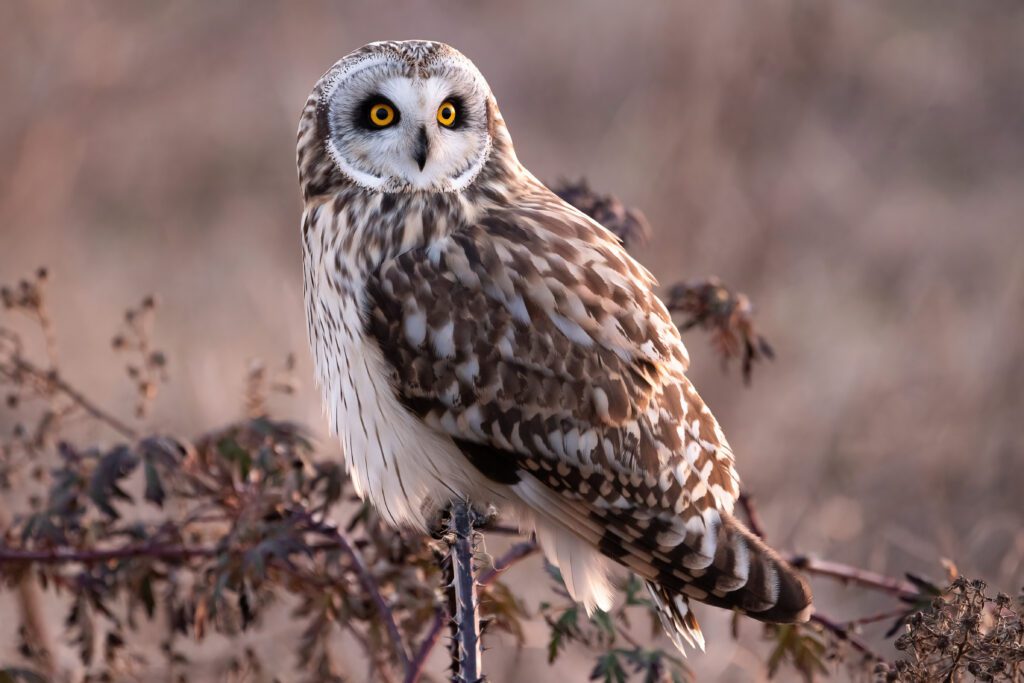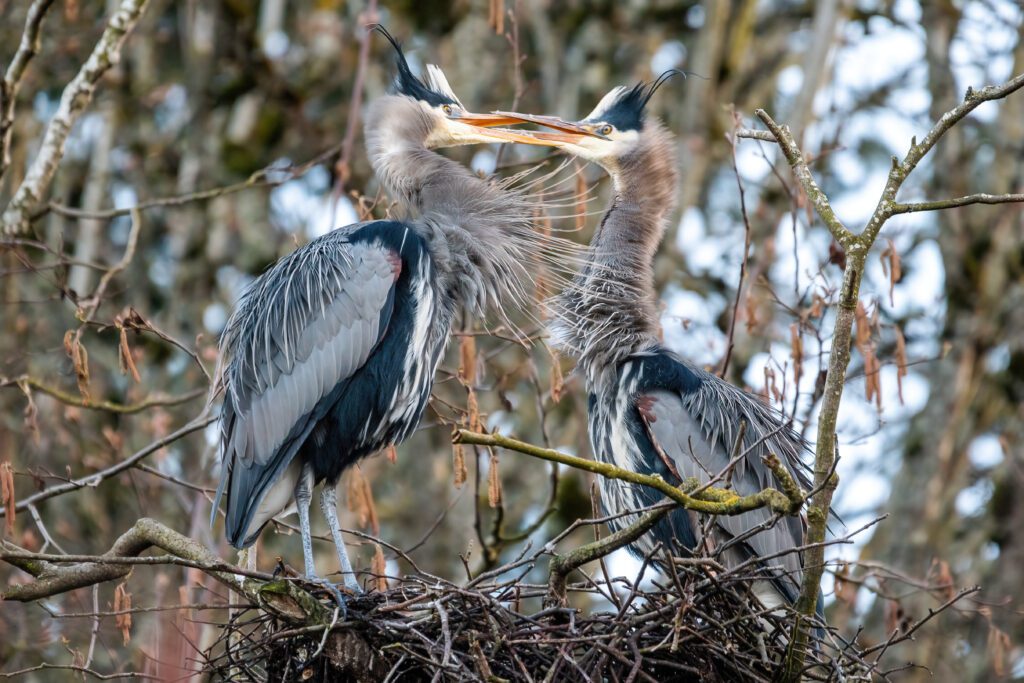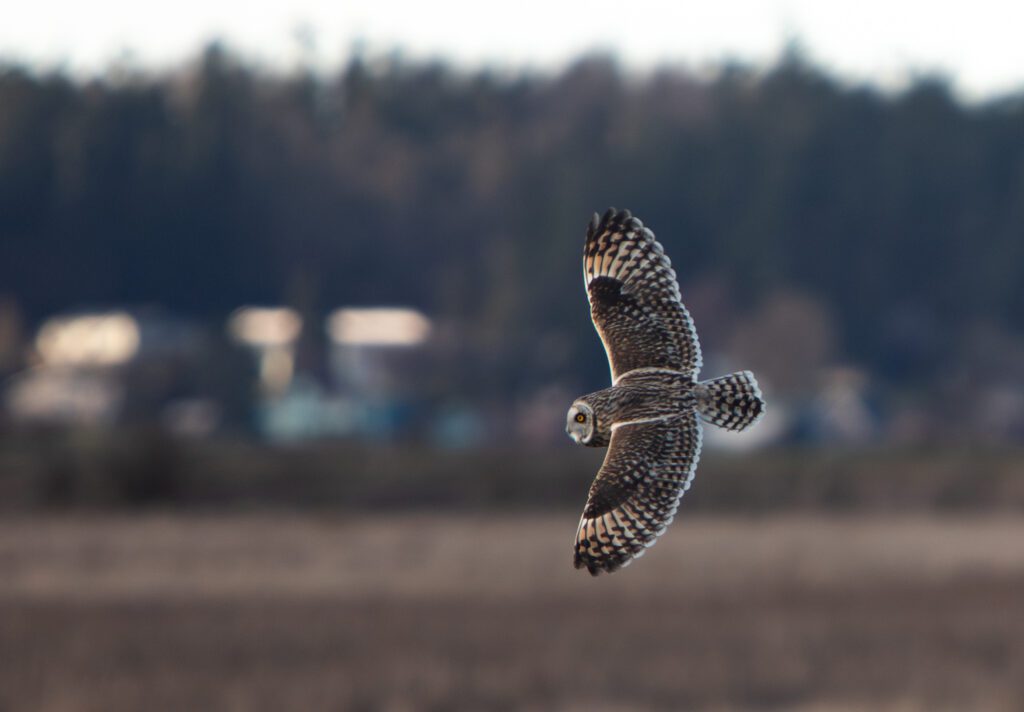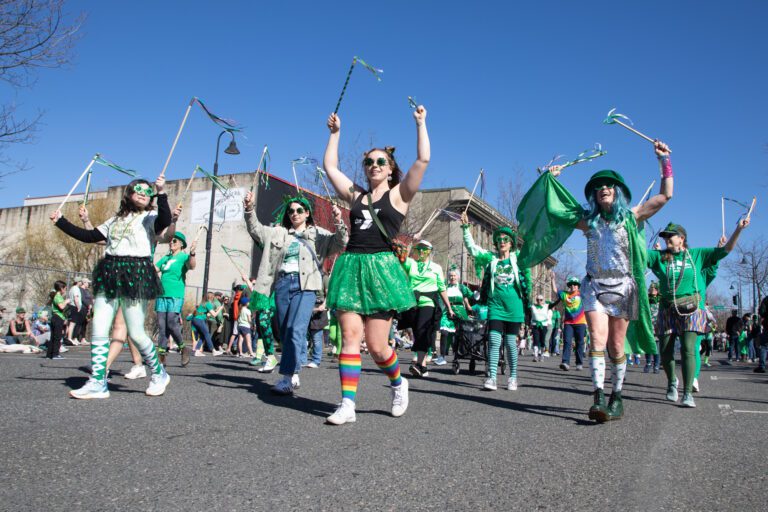Most tourists frequent the Skagit Valley for selfies with spring tulips and wagon loads of fall gourds. But the barren winter fields are replete with crowd-drawing wildlife — notably, birds.
As rain and cold temperatures return to the Pacific Northwest, winter birding provides a fun and engaging excuse to get outside. The season runs from October to April and brings thousands of migratory species, as well as avid birders, to the Skagit Valley.
You don’t have to be an ornithology expert to enjoy the show — but it is important to know what to look for and where to go.

Birds of note
Swans and snow geese
Highly anticipated migratory species include large flocks of snow geese, as well as trumpeter and tundra swans, two closely related swan species. Snow geese have been reported on Fir Island as of October.
You can find swans in large clusters on farm fields during the day and on or adjacent to upland lakes in the evening. They generally arrive in the valley the first week of November, along with their new cygnets hatched during nesting season in northern Canada and Alaska. Roots and native tubers, like wapato, were historically a constant food source; today, potato remnants and corn stubble will suffice.
Note that, with recent outbreaks of avian influenza affecting waterfowl, it is critical that birders do not touch dead or dying swans. Instead, report them to the Department of Fish and Wildlife SWAN Hotline (360-466-0515).

Eagles and other migratory raptors
Partial migrant raptors like Cooper’s hawk, American kestral and merlin can be desirable birds to see in winter. The esteemed bald eagle, highly attuned to the area’s salmon runs, can also be found throughout the valley, especially along waterways.
For more information, the Skagit River Interpretive Center in Rockport is open weekends mid-December and mid-February and offers interpretive walks. The center was started because “we felt there was a need to help educate people about the eagles, and safe ways to view them,” one volunteer said.
Great blue herons
Although it’s possible to glimpse a great blue heron lurking in a farm ditch or pond, these prehistoric-looking resident birds can be elusive. But the Skagit Land Trust’s Heron Cam, run on solar power, is the ultimate bird-based reality show.
The land trust operates three wildlife cameras high in the March Point Conservation Area Heronry property near Anacortes — one of the largest great blue heron colonies in the western United States, according to the website. Nesting seasons begin in late February or March.

American white pelicans
Those large white birds off of the Padilla Bay Shore Trail — a great public spot for birding with ample parking — may look like swans from afar, but they are in fact American white pelicans that first appeared in the Skagit Valley in roughly around 2016.
The Facebook group American White Pelicans of Padilla Bay offers updates and photos on their whereabouts. Nearby, The Padilla Bay Reserve has several birding resources and will offer a free class, Fall Birding by Ear, with Libby Mills on Friday, Nov. 15.
Short-eared owl
The illustrious short-eared owl is a harder-to-spot, migratory species that frequents the Samish Flats in winter. Traffic along Bayview Edison Road has been problematic as birders and wildlife photographers — two different species of wildlife appreciators — flock to this location for a glimpse of the owls.
In response, the Washington State Department of Fish and Wildlife created a new parking lot on Bayview Edison Road. Wildlife Area Manager Greg Meis added that the lot “is for the general public, servicing anyone who wants to use the unit for fishing, wildlife viewing, hunting and other regulated activities.”

Local resources and organizations
Skagit Audubon Society
The Skagit Audubon Society is a great place for up-and-coming birders to connect with the community. Members can enjoy monthly presentations, field trips and host a local “Big Sit” event, supporting three scholarships for environmental studies students at Skagit Valley College.
Board Member and Education Committee Chair Jeff Osmundson said the society’s membership is somewhere around 500 people. (I also asked Osmundson what bird he was most looking forward to seeing this winter. He responded: “The next one.”)
Be Bird Wise
Kerfuffles over rural road congestion and trespassing can plague the birding community. Be Bird Wise, a coalition of organizations like Skagitonians to Preserve Farmland, Western Washington Agriculture Association and Ducks Unlimited (among others), aims to minimize these issues and offers a code of conduct to “respect land, landowners and wildlife.” Their blog offers “Bird Wise Observations” from various perspectives, from farmers to photographers, as well as important facts about birds and land management.
Bryony Angell — a culture writer, second-generation birder and Be Bird Wise’s only independent member — is a frequent contributor to the blog and serves as a public representative for the organization. She gave an Oct. 17 presentation on Be Bird Wise at the La Conner Library and has future speaking events on Tuesday, Nov. 19 for Bird Connect Seattle (online) and Feb. 13, 2025 for Pilchuck Audubon (online and in-person).

Community events, tours and resources
Major community events include the La Conner Birding Festival, held every January shortly before the Stanwood Snow Goose and Birding Festival in February. The city of Mount Vernon also features Birds of Winter resources and events on its website.
The Skagit Land Trust will again offer their “Swanrise/Swanset” events every Saturday in January and February 2025. These are free outings that offer access to their Barney Lake property, not regularly open to the public, to see the swans take flight at dawn or return in the evening at sunset.
The Northwest Swan Conservation Association, run by swan expert Martha Jordan, has created a free swan identification guide for distinguishing trumpeter and tundra swans and snow geese. She’ll be offering a talk on trumpeter swans at Christianson’s Nursery on Dec. 7.
And if you’re looking for a place to start, Stephanie Fernandez, founder of Skagit Guided Adventures, offers guided tours, such as the “Skagit Birding Eco Tour.” Cornell Lab of Ornithology, which believes that “birds are a gateway to caring for the natural world” has two notable participatory science tools — the Merlin App and Ebird — that serve as a great resource.
Jessica Gigot is a poet and writing coach. She lives on a little sheep farm in the Skagit Valley. See her work at jessicagigot.com.




